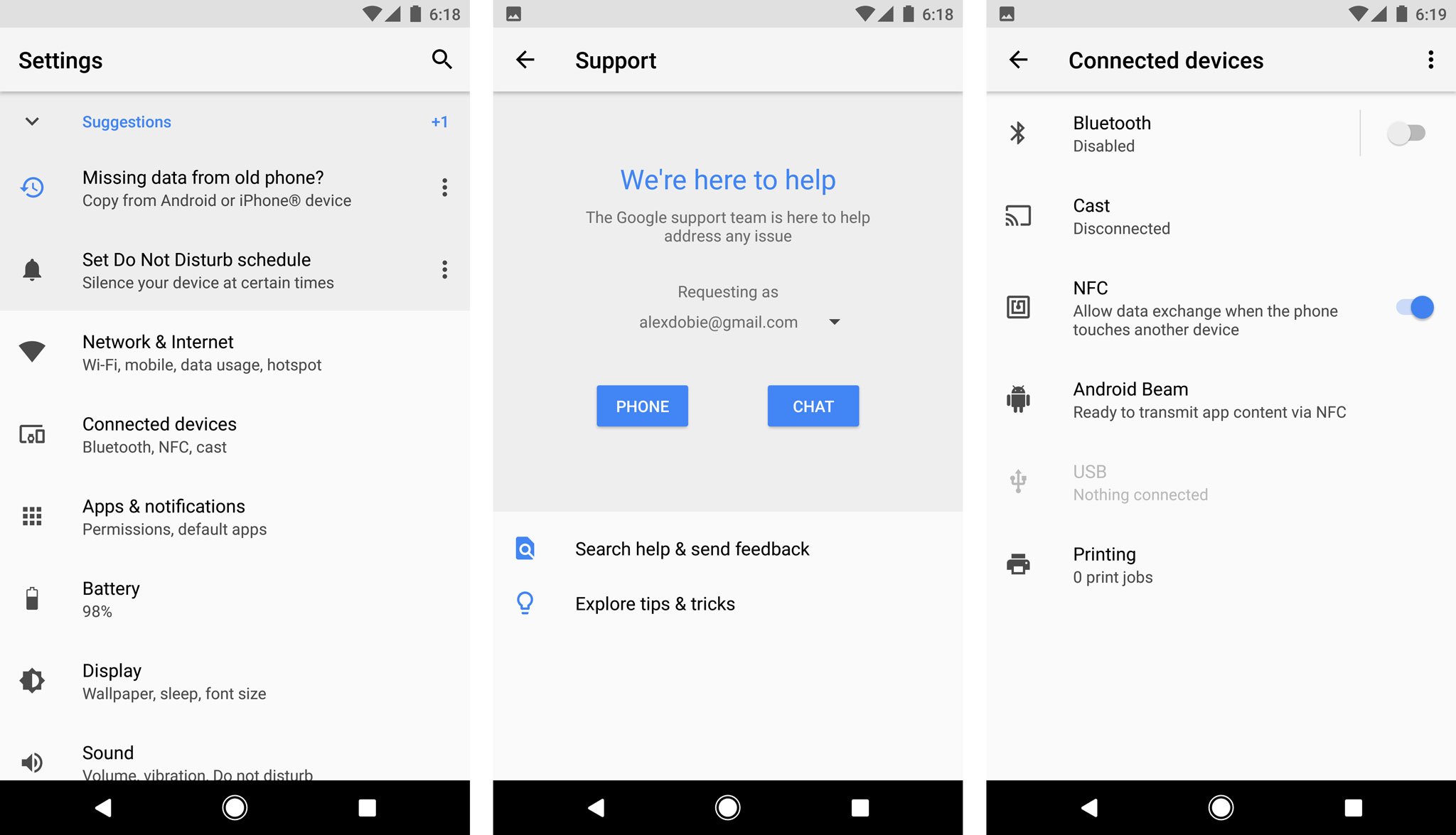Three years prior Google acquainted us with its new plan dialect called Material Design. It was level, graphical and bright. It was the visual change that introduced the start of another age for Android, one that concentrated less on the fast development of Android's list of capabilities, and more on refining what as of now existed and making ready for what's to come.
- Blogger Comment
Subscribe to:
Post Comments
(
Atom
)


0 comments:
Post a Comment